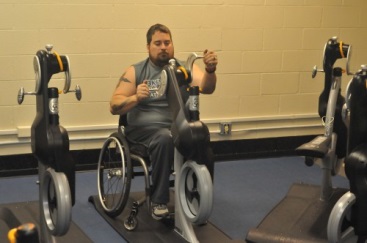
- Rhythm Response: Effects of musical temp, an internal factor
- Musicality: Effects of harmony and melody, an internal factor
- Cultural Impact: Music and society influences, an external factor
- Association: Extra associations from the music, an external factor
Source: Karageorghis, Terry, & Lane, 1999
The effects of music in relation to exercise have further been categorized into ergogenic and psychological effects¹. Ergogenic effects refer to the impact of music on exercise performance by increasing work capacity or a delay in fatigue that often results in improved levels of endurance, power or strength². The psychological effects of music on exercise are broken into more specific categories, but the general effects relate to mood, emotion, subjective perception of physical effort and fatigue using the Borg RPE Scale, and changes in heart rate or blood pressure¹.
The main exercise domain that these findings are associated with is low-to-moderate-intensity aerobic physical activity, pointing to recreational exercisers as opposed to elite athletes³. At higher, more vigorous intensities, the body’s physiological cues tend to take over regardless of internal or external motivational factors and, therefore, music will not have the same distracting power over fatigue like in lower-to-moderate-intensity activity⁴.
A few other important points from the research on this subject are that regardless of whether the music is self-selected or selected by someone else, it can still reduce sensations of fatigue¹. This means that if the music selection at your group exercise class isn’t your favorite one day, your exercise routine is still benefiting from the music playing. Another component of music’s impact and your exercise program is when the tunes include motivational sounds and lyrics.
